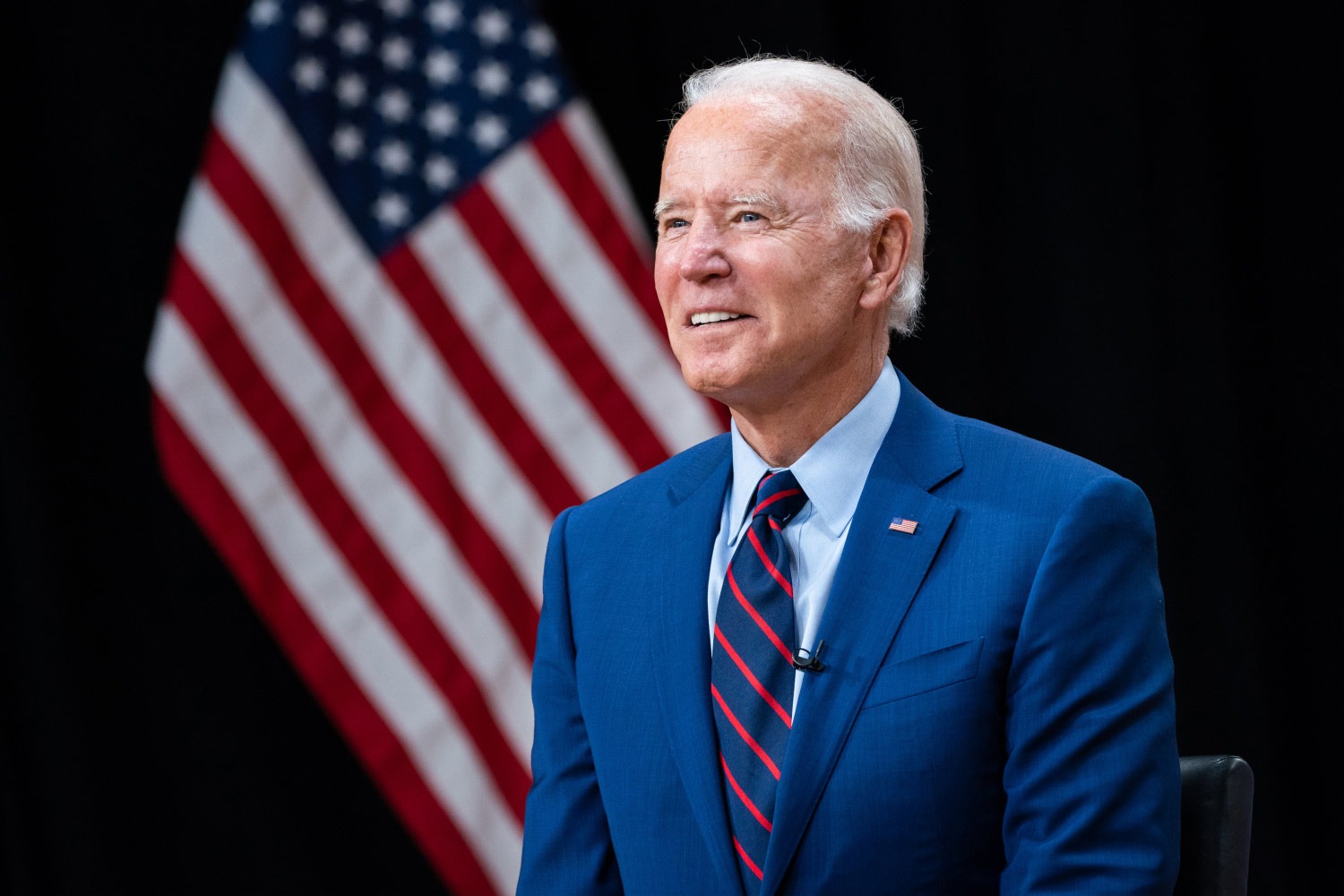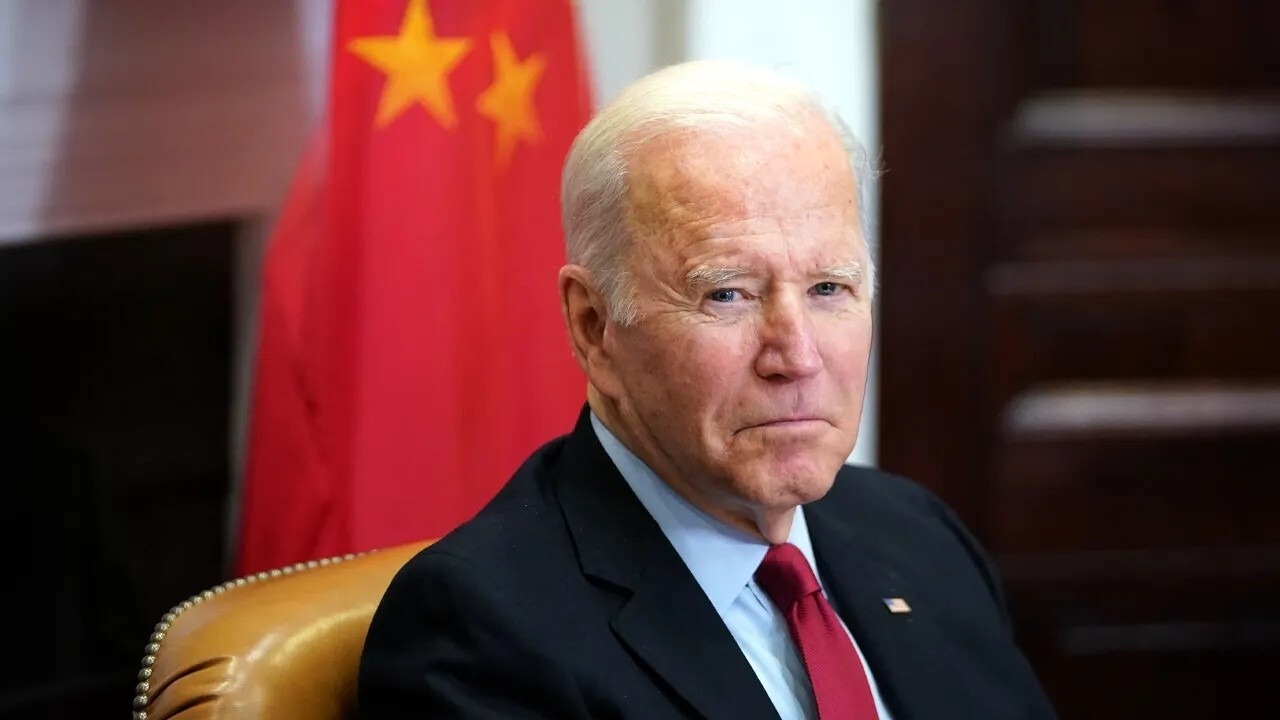President Biden’s latest student loan forgiveness program is drawing comparisons to his 2022 universal relief plan, but experts believe there are outstanding differences that could impact its success.
The Biden administration’s proposed plan targets specific groups of borrowers for relief, including those on income-driven repayment plans, individuals with over 20 years of loan payments, attendees of low-value institutions, those facing financial hardship, and those with unpaid interest growth.
Around 25 million Americans could receive partial or full forgiveness on their interest growth, while some borrowers on income-driven repayment plans may qualify for full forgiveness.

Unlike the 2022 plan, which faced legal challenges and a slow rollout, the current proposal aims for quicker implementation. Experts suggest that expediting relief distribution could mitigate legal obstacles and political backlash, making it more challenging for opponents to challenge the plan.
The Biden administration is leveraging the Higher Education Act (HEA) for this initiative, a departure from the emergency powers utilized during the pandemic. This legal foundation, combined with transparent regulatory processes, strengthens the plan’s legal standing and may bolster its resilience against potential lawsuits.

Republicans have criticized the proposal, labeling it a ploy to garner votes and questioning its fairness to borrowers who have already repaid their debts or never attended college.
However, the White House remains confident in the plan’s legality and effectiveness, anticipating legal challenges but asserting its commitment to student debt relief.
The plan could impact up to 30 million borrowers, offering relief to a substantial portion of Americans burdened by student loan debt. By adhering to regulatory protocols and legal frameworks, the Biden administration aims to steer potential obstacles and deliver relief to those in need.


